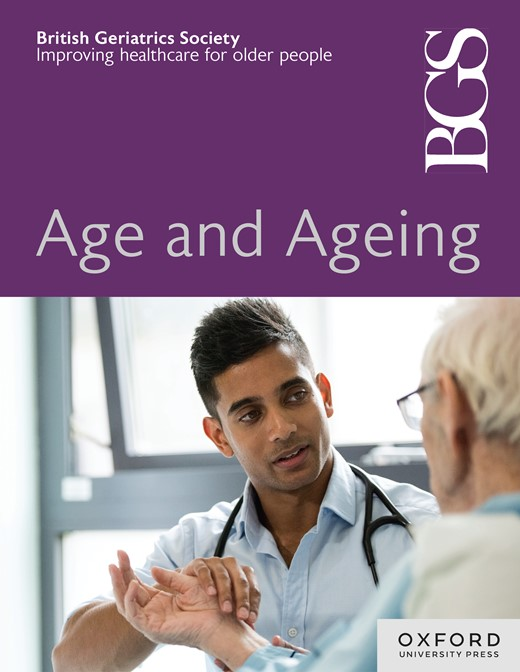为生活在严重虚弱中的老年人提供综合社区服务:来自全英格兰调查的启示
IF 6
2区 医学
Q1 GERIATRICS & GERONTOLOGY
引用次数: 0
摘要
背景严重虚弱的老年人正接近生命的尽头,需要跨越护理连续体的社区服务,包括老年人的护理(例如身体功能;康复)和姑息治疗(例如症状;什么对这个人最重要)。目前对这一人群的社区服务提供情况知之甚少。目的了解英国为严重虚弱的老年人提供社区服务的范围。方法采用横断面在线调查设计,确定英国为严重虚弱老年人提供护理的社区服务的共同组成部分和服务配置。来自多机构社区服务的多学科护理提供者的自我选择样本,这些服务提供者与有临终关怀需求的严重虚弱的老年人一起工作。结果:来自英国所有地区102个独特服务的298名参与者报告了他们的服务信息,包括脆弱性和寿命终止评估、服务组件、培训、服务成本和服务开发。鉴定和评估虚弱和生命终结是常规做法,但鉴定的方法各不相同。组织的培训和发展侧重于他们自己的服务提供,很少关注组织间和跨部门的工作。结论社区护理服务的响应因人群的多样化需求而异,存在实践协调性差、护理效果差的风险。综合服务较差,只能部分满足严重虚弱的老年人的需要。需要进一步研究以解决融合的障碍,包括跨部门合作、持续使用适当的评估工具以及由老年人表达的需求驱动的服务创新。本文章由计算机程序翻译,如有差异,请以英文原文为准。
Integrating community services provision for older people living with severe frailty: implications from an England-wide survey
Background Older people with severe frailty are nearing the end of life and require community services that span the care continuum, integrating older people’s care (e.g. physical function; rehabilitation) and palliative care (e.g. symptoms; what matters most to the person). Little is known about current community service provision to this population. Objective To characterise the scope of community service provision to older people with severe frailty in England. Methods A cross-sectional online survey design identifying common components and service configurations of community services providing care to older people with severe frailty in England. A self-selecting sample of multidisciplinary care providers from multi-agency community services working with older people with severe frailty with end-of-life care needs. Results Two hundred ninety-eight participants from 102 unique services across all English regions reported information on their service, including frailty and end-of-life assessment, service components, training, service costs and service development. Identification and assessment of frailty and end of life were routinely practiced, but approaches to identification varied. Organisations’ training and development were focussed on their own service provision with little focus on inter-organisational and cross-sectoral working. Conclusions Community care services responses were varied to this population’s diverse needs, which risks less coordinated practice and poorer care outcomes. Poorly integrated services can only partially meet the needs of older people with severe frailty. Further research is needed to address barriers to integration, including cross-sector collaboration, consistent use of appropriate assessment tools and service innovations driven by older people’s expressed needs.
求助全文
通过发布文献求助,成功后即可免费获取论文全文。
去求助
来源期刊

Age and ageing
医学-老年医学
CiteScore
9.20
自引率
6.00%
发文量
796
审稿时长
4-8 weeks
期刊介绍:
Age and Ageing is an international journal publishing refereed original articles and commissioned reviews on geriatric medicine and gerontology. Its range includes research on ageing and clinical, epidemiological, and psychological aspects of later life.
 求助内容:
求助内容: 应助结果提醒方式:
应助结果提醒方式:


